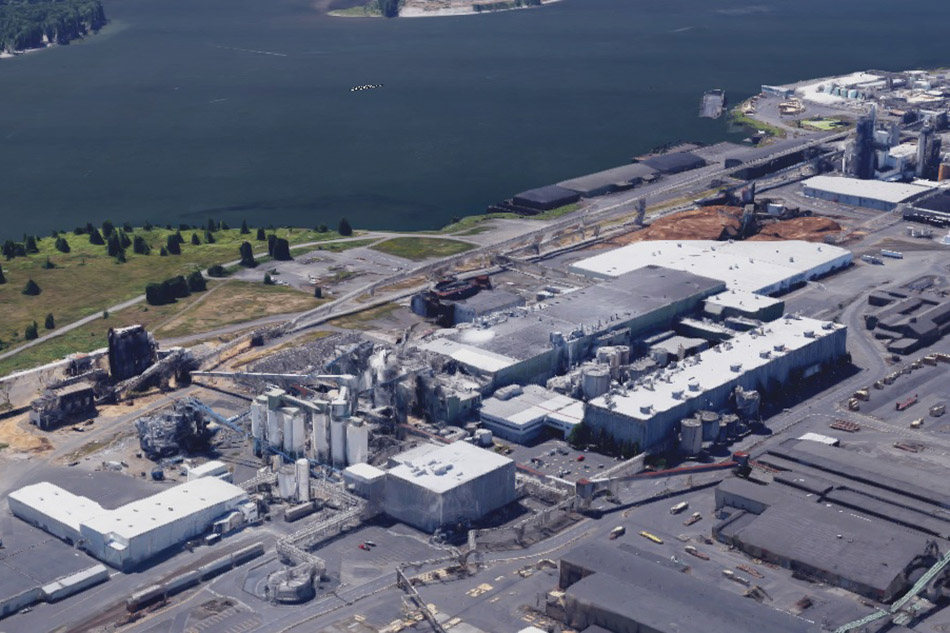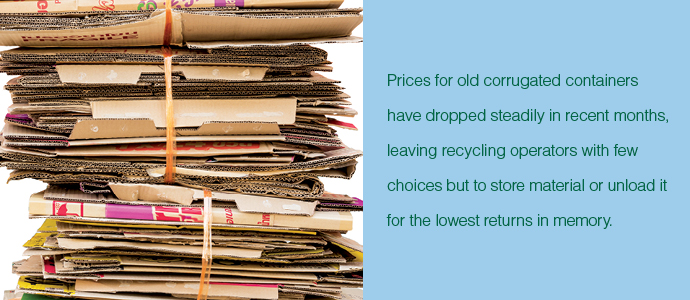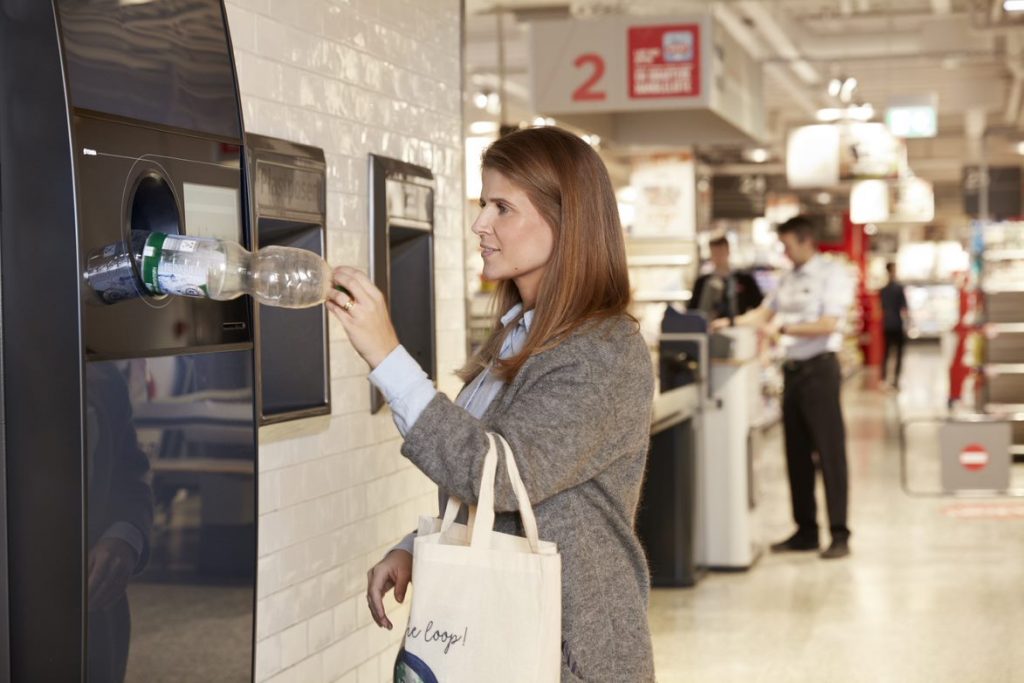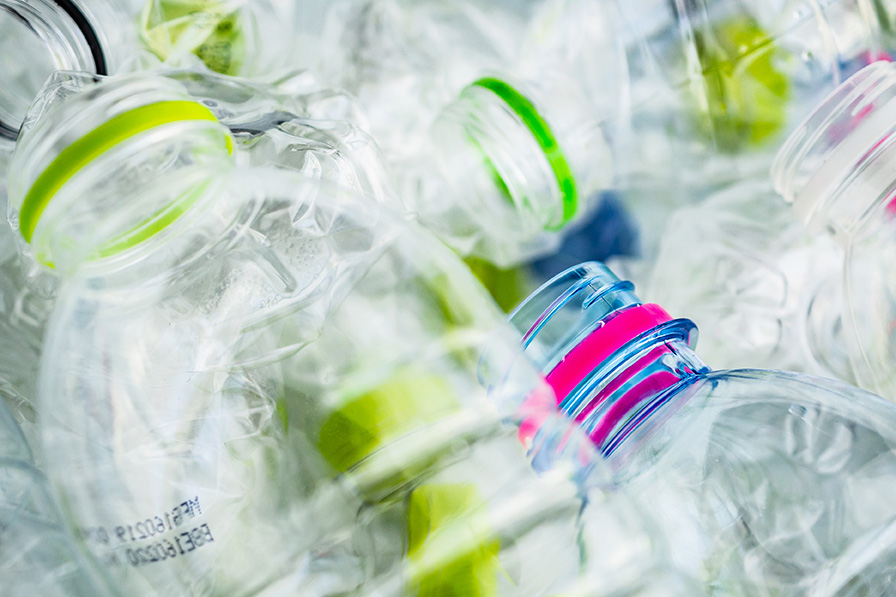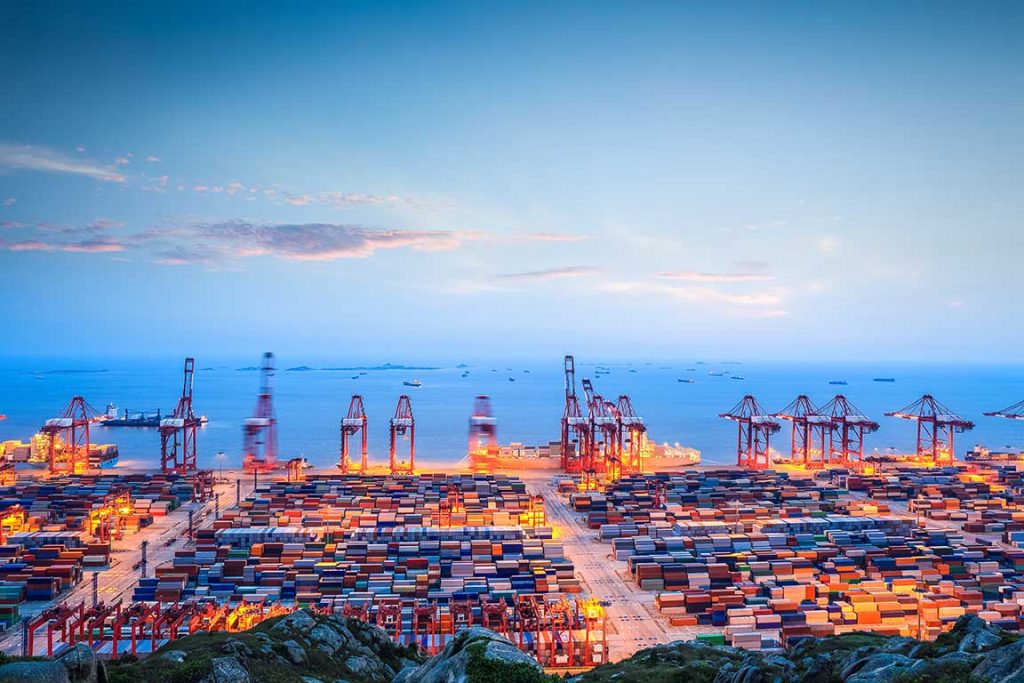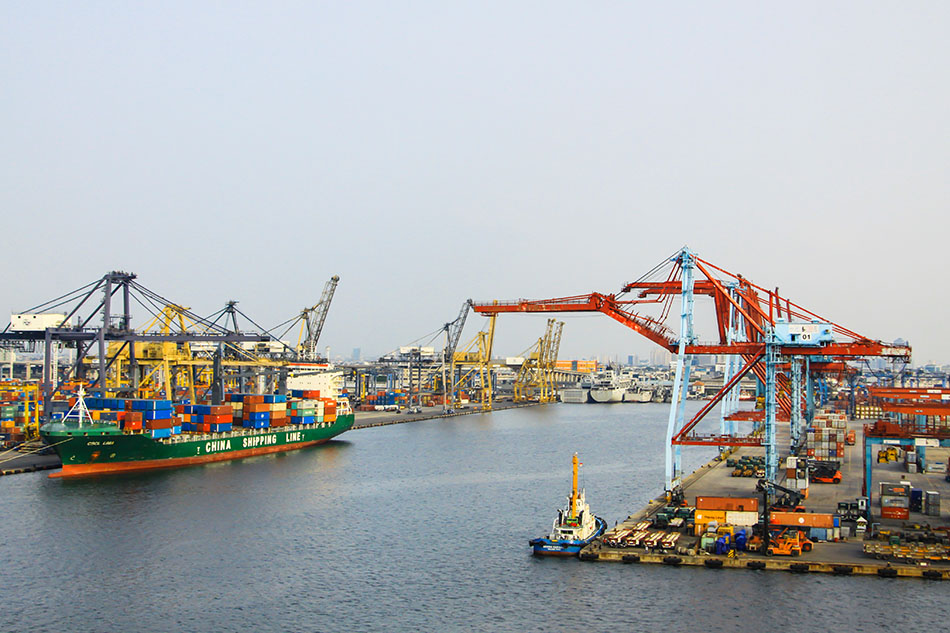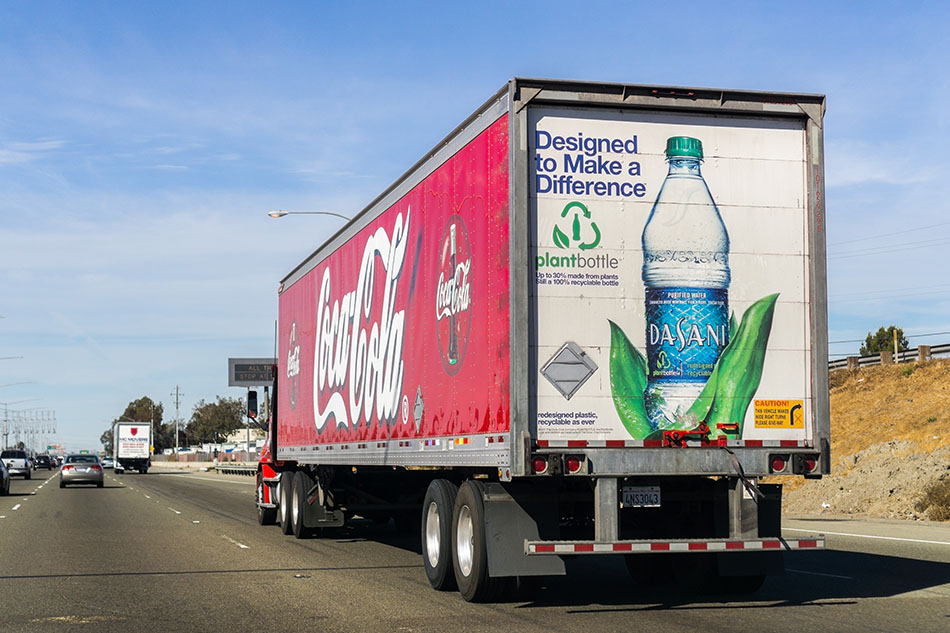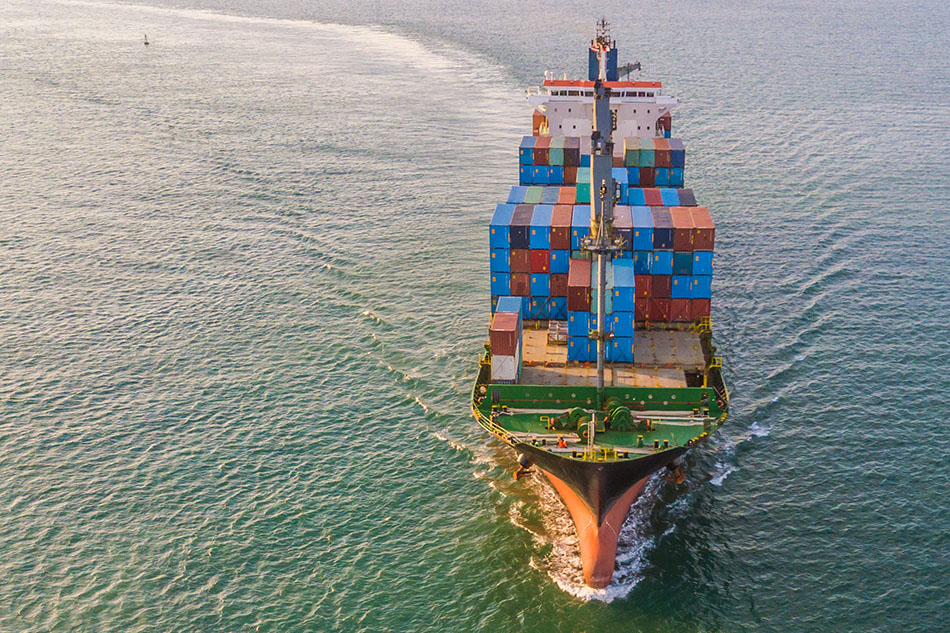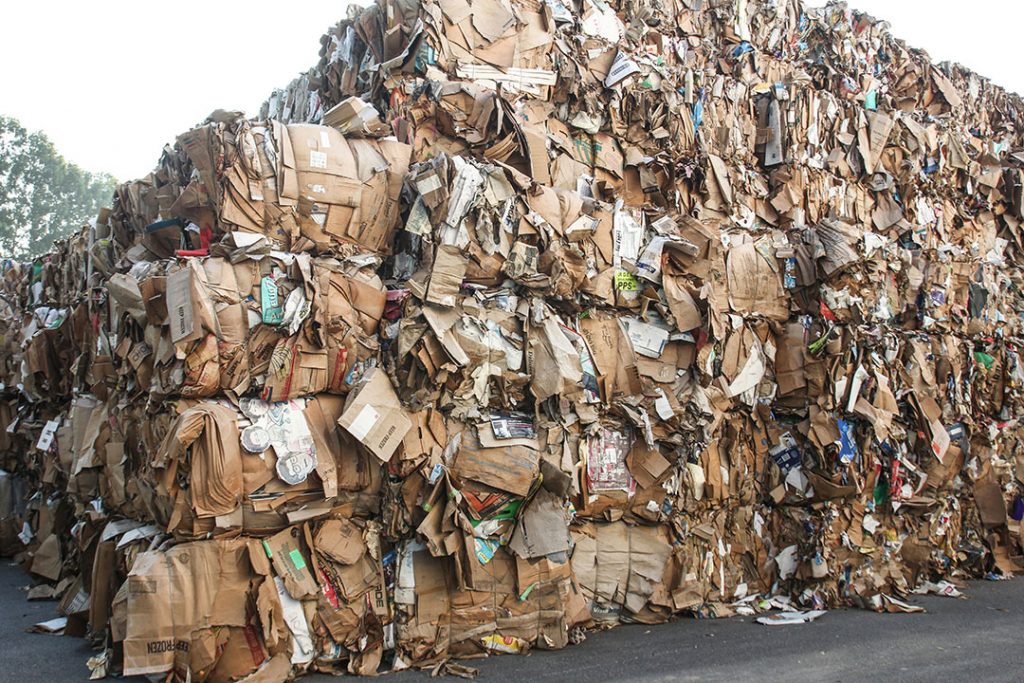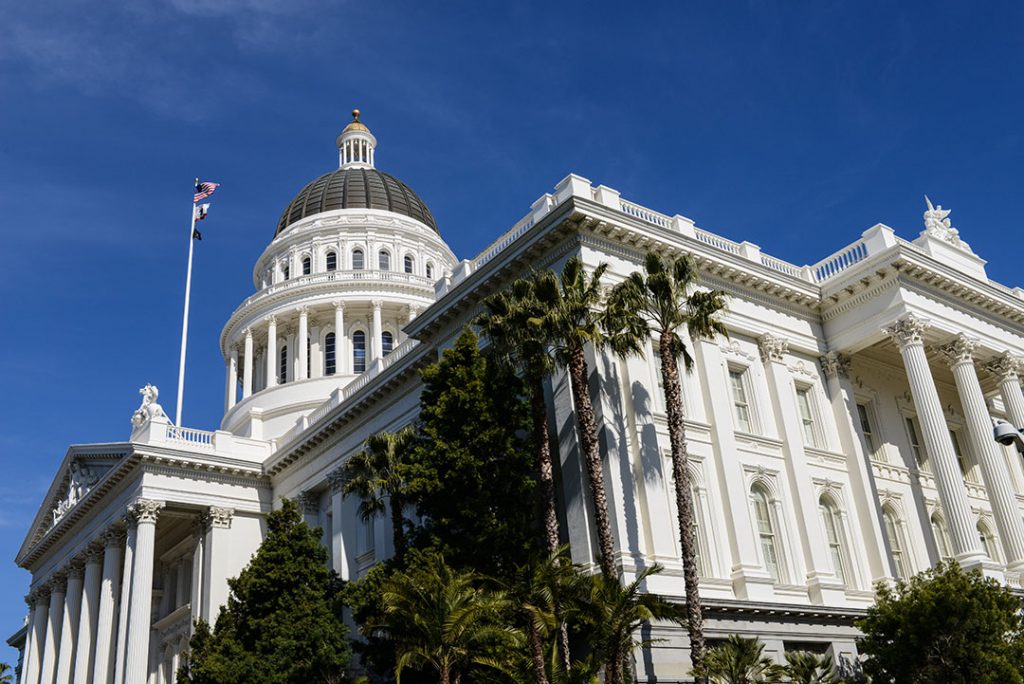
Assembly Bill 827 requires many commercial establishments to offer recycling service to their customers. | Brandon Bourdages/Shutterstock
Businesses that are required to receive recycling and composting service in California will need to offer those collection services to customers, under a bill approved by the state legislature.


 Colin Staub was a reporter and associate editor at Resource Recycling until August 2025.
Colin Staub was a reporter and associate editor at Resource Recycling until August 2025.